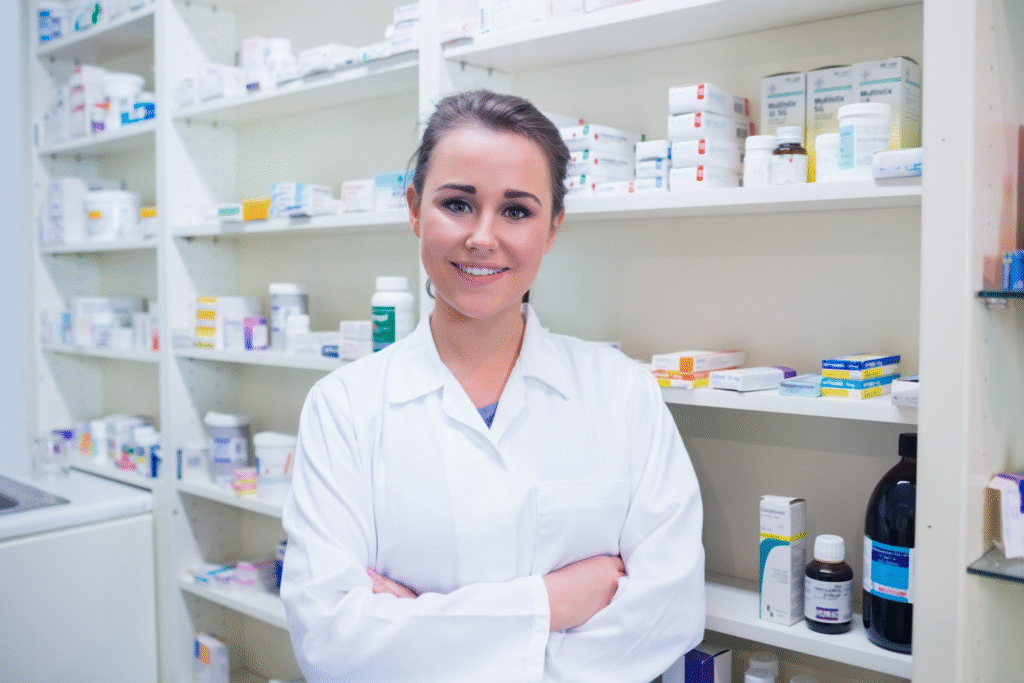You’ve done some thinking and soul searching and realized—pharmacy is where your future lies. But if you’re still in high school (or just finished), you might be wondering: Is it possible to jump straight into pharmacy school? The answer is yes—thanks to something called “0-6” pharmacy programs.
Let’s break down how it works, what to expect, and how you can get started.
Can I really go to pharmacy school right after high school?

Yes, you can. Some pharmacy schools offer what’s called a “0-6 program.” That means instead of going through a separate pre-pharmacy route and then applying to pharmacy school later, you’re accepted into a combined six-year program right after high school.
Here’s how it works:
- The first two years are focused on pre-professional courses (like chemistry, biology, and foundational studies).
- If you meet the requirements—usually a specific GPA and other academic benchmarks—you’re automatically admitted into the final four years of the professional Pharm.D. program.
Think of it as a fast track to becoming a pharmacist—with some built-in security along the way.
Is my seat in the Pharm.D. program guaranteed once I’m in?
Mostly, yes—but with a catch.
If you’re accepted into a 0-6 program and do well during your first two years—keeping up your GPA and meeting any other program requirements—you’re guaranteed a spot in the Pharm.D. class.
But if you fall short academically or don’t meet the expectations, you could lose your spot. These programs expect commitment and consistency. But if you’re passionate and willing to work hard, it’s a great opportunity.
What’s the difference between a “0-6” program and an “early assurance” program?
They’re similar but not quite the same.
- 0-6 programs: You enter straight out of high school and stay in the same program for all six years.
- Early assurance programs: These are for students who apply to pharmacy school early (usually in their first or second year of college). If accepted, they’re given guaranteed admission later—provided they meet certain academic requirements.
So while both offer a smoother path into pharmacy school, 0-6 programs start right after high school, whereas early assurance typically starts once you’re already in college.
What high school classes should I take if I want to go to pharmacy school?
If you’re eyeing a future in pharmacy, science and math are your best friends.
Take classes like:
- Biology
- Chemistry
- Physics
- Algebra, Pre-Calc, or Calculus
But don’t ignore the humanities. Good communication skills matter in pharmacy, so classes in English, literature, history, or even speech and debate can help you become a more well-rounded student—and future healthcare professional.
And no, you don’t need to know Latin (even though that’s a common myth).
What tests do I need to apply?
This depends on the school. Many 0-6 or early assurance programs ask for scores from:
- SAT or ACT
- AP, IB, or CLEP exams (if you’ve taken them)
Always check the specific pharmacy school’s website for application requirements. Each program can be a little different.
Can I still apply to a 0-6 program if I’ve already started college?
Yes, but spots may be limited.
Some students do transfer into 0-6 programs after starting college, but it depends on how many original students continue past the pre-professional years. If a lot of students stay in the program, there might not be any open seats.
That said, if you’ve already completed the required pre-pharmacy coursework, you can always apply to traditional Pharm.D. programs directly as a transfer student.
Final Thoughts
If you’re sure that pharmacy is your path and you’re ready to get started after high school, a 0-6 program could be the perfect fit. It’s a clear, structured route with less uncertainty—but it also comes with expectations. If you stay focused, keep up your grades, and bring your passion to the table, you’ll be well on your way to earning your white coat sooner than you think.
Also Read : From Pharmacy Technician to Future Pharmacist: Lindsey Groff’s Journey
